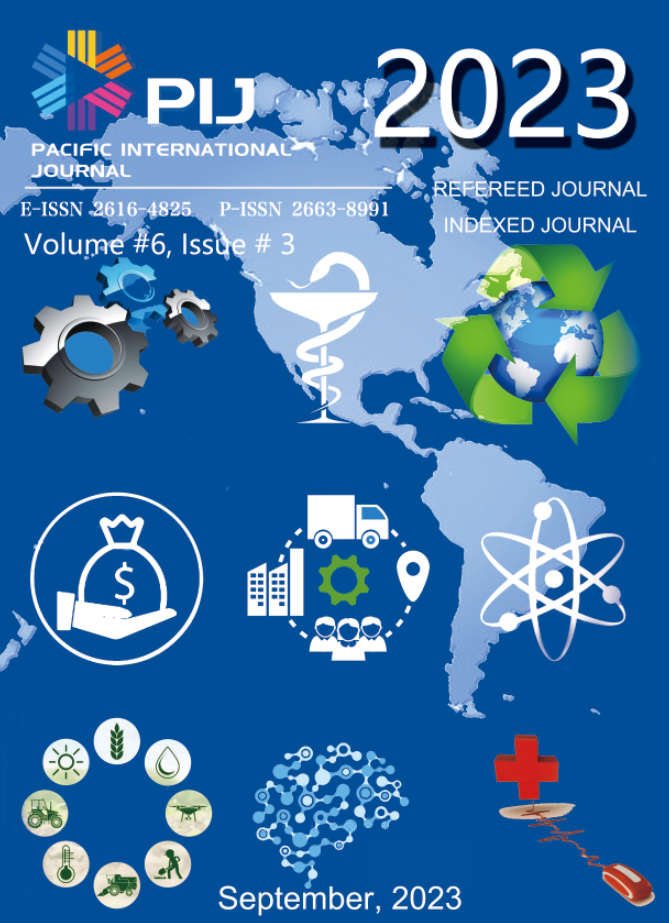Deterrence and Security: The Impact of Military Conflicts on Global Peace
DOI:
https://doi.org/10.55014/pij.v6i3.412Keywords:
Deterrence theory, Deterrence capability, Gulf War, Russia-Ukrainian War, nuclear deterrence, conventional deterrenceAbstract
Deterrence theory is one of the important theories of international relations research during the Cold War. From the birth of deterrence theory to today, its main meaning has developed from nuclear deterrence as the core to conventional deterrence. By studying the impact of the Gulf War on the US deterrence capability and the impact of the Russia-Ukrainian War on Russia's deterrence capability, this paper argues that military conflict is not only a test of deterrence capability, but also a shaping process of deterrence capability. In military conflict, a country's performance will affect its opponents and other countries' perception of its strength and will, thereby increasing or decreasing its deterrence capability. The United States established a strong conventional deterrence capability in the global scope through the Gulf War, which enabled the United States to obtain a large number of potential allies and national interests after the Cold War. Russia's mediocre performance in the Russia-Ukrainian War is undermining its conventional deterrence that it established after the Cold War through military reform and a series of military actions, and its geo-security environment is deteriorating due to its reduced deterrence capability. Based on this, countries should correctly assess their own and other countries' strength and will, avoid overestimating or underestimating their own or others' deterrence capabilities, and thus avoid military adventures. At the same time, they should also abide by international laws and rules, respect other countries' sovereignty and interests, in order to achieve lasting peace and common security.
Downloads
Downloads
Published
How to Cite
Issue
Section
License
Copyright (c) 2023 Pacific International Journal

This work is licensed under a Creative Commons Attribution-NonCommercial-NoDerivatives 4.0 International License.





